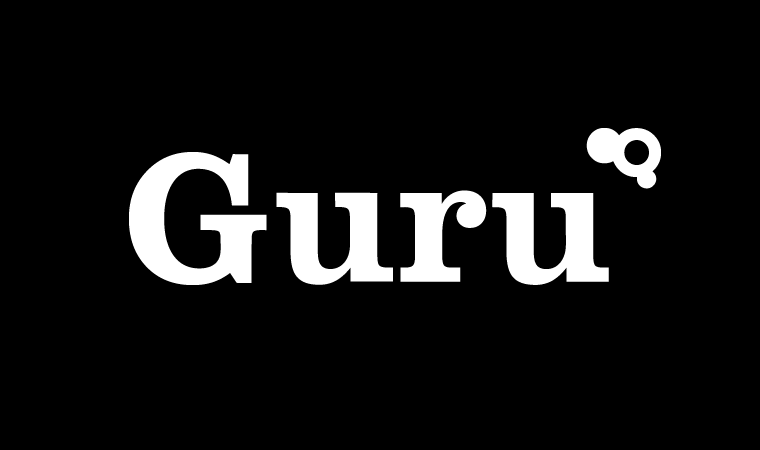A job description (or a job specification) is a document compiled by an employer to provide a complete overview of a specific position within a company. Titled “How To Write a Job Description” expect a comprehensive guide on how to nail this mandatory recruitment task.
A job description includes a full list of duties and responsibilities required and will highlight all the necessary and preferable skills needed to do that job.
A best practice job description will often include sensitive information relating to team structures, training and pay scales so it is typically considered as an internal, confidential document.
The 4 steps to creating the perfect job description…
- Why do you need a job description
- What’s the difference between a job description and a job advert
- What to include in a job description
- How to avoid discrimination in job descriptions
Why do you need a job description
A job description provides clarity to stakeholders within the business and is a useful document to send to suppliers when a vacancy arises. The four main reasons to write a job description are as follows:
Business Clarity – Defining the specifics of each position will help provide clarity on the skills required within the business.
Benchmarking – During performance reviews and appraisals a job description can be a reference guide to ensure that employees are on track.
Talent Attraction – Cross reference this document against candidate skills to gauge eligibility. You can also distribute to external recruitment suppliers or internal applicants.
Reference Guide – It can provide line managers (particularly new ones) with a clear understanding of what is required from them and their team.
What’s the difference between a job description and a job advert
In summary, a job description is a formal overview of everything involved with a particular position where as a job advert is used for marketing purposes to attract candidates to apply for a job.
A good job advert will give potential candidates insight into the opportunity on offer as well as an overview on required skills, company culture, benefits and location. To be effective, a job advert needs to be punchy and written with keyword optimisation in mind – the purpose of a job advert is to convert traffic (i.e. relevant candidates) into job applications.
Candidates who progress through the hiring funnel are often sent the full job description before an interview in order to prepare.

What to include in a job description
A best practice job description will give a complete overview of all information relating to the role but also the company, as a guideline it should include the following information…
- Top Line Info
- Job Title
- Organisational Structure
- Responsibilities
- Requirements (Hard and Soft Skills)
- Education
- Salary & Benefits (including training)
- Other Info.
Top Line Info
Start with the basics, include your company name, a brief overview of your company (in the form of an about us), your address, the date and who compiled the document.
Job Title
Use a clear, professional job title in line with your organisation structure.
Organisation Structure
Include details on your organisational structure and where this role fits in within the grand scheme of things. There are 5 main types of organisational structure as can be seen below…

You can also use your organisational structure to show where this role fits in within the company and who the position reports to.
Responsibilities
Describe a complete list of duties and expected deliverables. This needs to be a comprehensive overview of everything that the employee will be responsible for. This section is particularly important for defining distinct areas of responsibility within the business and future benchmarking performance. Key information should include:
- An overview of the role;
- A list of all responsibilities (typically in bullet form);
- Managerial expectations with a list of direct reports (if applicable);
- Budgets (if applicable).
Percentages are a great way of representing how the role is split (i.e. mentoring your team 10%, implementing change projects 30%, producing reports for the board 10% etc), considering including this for clarity.
Requirements (Hard & Soft Skills)
You should include an overview of mandatory and desired skills required to satisfy the position. This section is normally broken down into personal (soft skills) and technical (hard skills) skills.
Hard skills relate to specific technologies, software, methodologies or similar. These are quantifiable skills which a candidate will either have or not. MS Office, .NET, Prince2, Jira, Agile, Mailchimp, WordPress, Clean Driving Licence are all examples of hard skills.
Soft skills are the personal and character traits that a person needs to act out their duties. Perhaps the position is a managerial role, in this instance you may request strong communication, conflict management and leadership skills. Or maybe it’s a corporate role within the banking sector which requires a high level of professionalism and a commercial outlook.
Qualifications
Include any specific educational needs here, this may cover industry qualifications (i.e. CIM / CIMA / CIPD / ISTQB / MCP etc.) as well as degree, a-levels etc. Be sure to provide clarity on whether these requirements are mandatory or desirable. Be clear on whether relevant commercial experience would suffice.
Salary & Benefits (including training)
List your salary range along with any other benefits (Pension, Medical, Childcare, Life etc.). It is acceptable to omit a salary from this document replacing it with TBC or Negotiable DOE if this is sensitive information.
If you provide formal training list this here also.
Location & Travel
Include the location of where the role will be based. If travelling is required list this here along with how much travelling is to be expected and to which regions.
How To Avoid Discrimination In Job Descriptions
To write best practice job descriptions you’ll need to adhere to the following five points…
ONE. Use language that is gender neutral, avoiding job titles such as Policeman, Waitress, Barman, Headmistress instead choose gender neutral terms like Police Officer, Waiting Staff, Bar Staff and Head Teacher. If you have no option but to use a term which denotes a sexual connotation then you are required to include an equal opportunities statement within the body of your text.
TWO. Avoid listing upper or lower age limits for job applicants unless it is a direct requirement for the role (i.e. someone needs to be over 18 to sell alcohol).
THREE. Be careful when using implied terms to describe your working environment, statements such as “the culture is youthful / mature / energetic” is frowned upon.
FOUR. Even when asking for levels of experience this can be deemed discriminatory towards those who haven’t had the opportunity to gain that experience due to age. For example, requiring someone to have 5 years’ experience may (unless it can be objectively justified) amount to unlawful indirect age discrimination against younger candidates.
FIVE. For positions that require skills related to ethnicity, race or culture, i.e. languages or cultural knowledge you should follow guidelines. For example, if you required a candidate who speaks fluent Mandarin, you must ask for a “Mandarin Speaking Candidate” and not a “Chinese National”. For the same reason it is also not possible to ask for UK Passport holders.
For further reading we’ve covered more information in our Job Advertising Guidelines blog.
In Summary…
A comprehensive and well-structured job description provides a real sense of clarity for both those occupying the roles as well as the business.
We hope you’ve enjoyed this article on how to write a job description, for additional information and advice feel free to reach-out to the Guru team.

